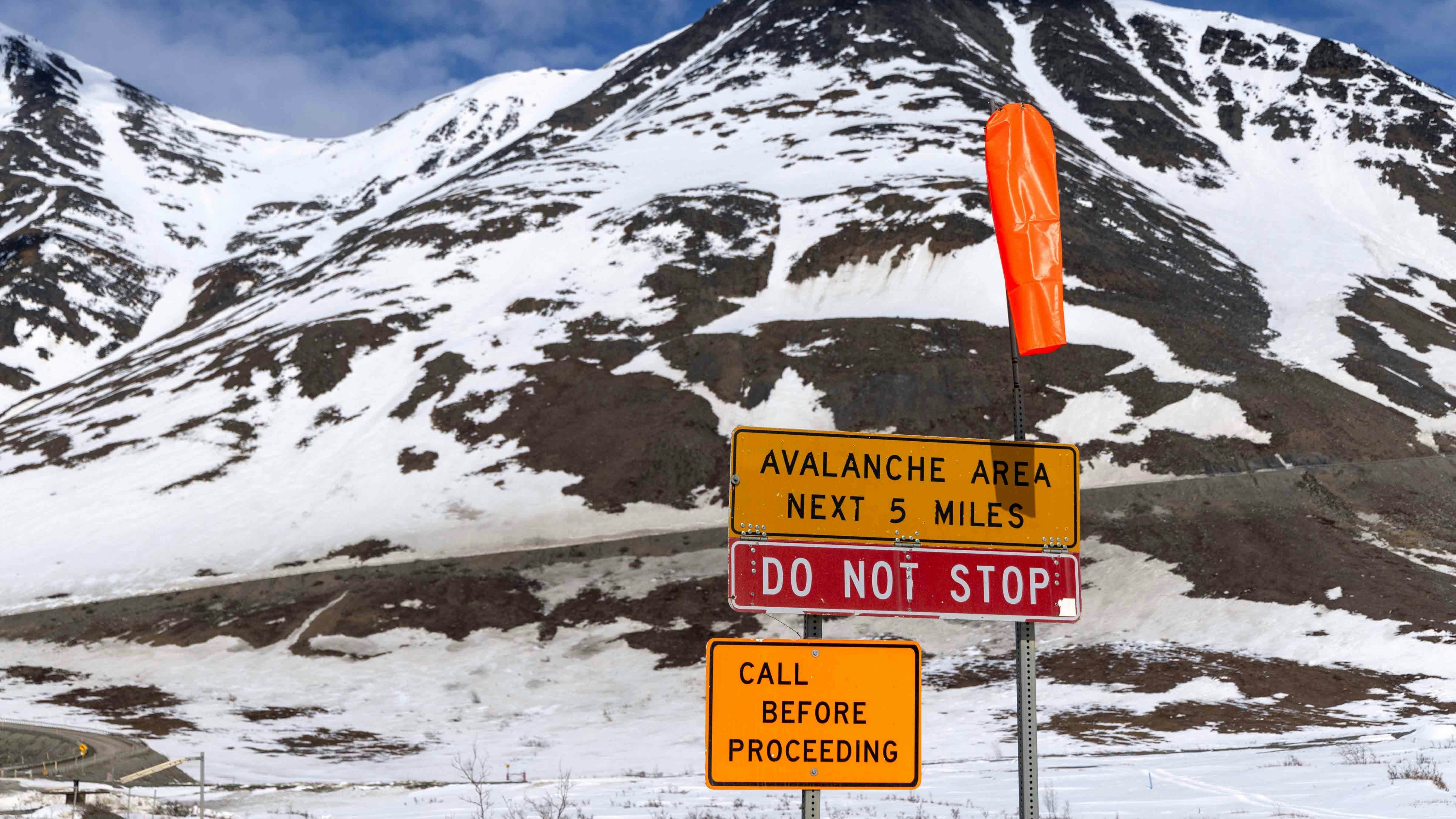UPDATE: This story has been updated to reflect the firefighting effort has been turned over to a Rocky Mountain complex incident management team, that the estimated size of the fire has been adjusted to 32,000 acres and that a hurt firefighter was transported to a hospital in Sheridan.
Nestled at the foot of the Bighorn Mountains, the tiny Wyoming town of Dayton is usually a quiet, peaceful place of about 830 people where everyone knows and helps each other.
Overnight Sunday, it was also on edge as locals watched an out-of-control wildfire burn down the face of the mountain overlooking the town.
“People were pretty nervous. They stayed awake all night and were on high alert,” said Dayton Town Councilman Bobby Logan. “It was headed toward Montana and into Parkman and close to quite a few places, but then the wind changed and blew it back down the face.”
It was the calm, determined response of Dayton residents, firefighters and emergency responders that was the most impressive, Logan told Cowboy State Daily on Tuesday.
“The fire came within a short distance of the town,” he said. “It was within, at certain areas, within a mile. And in some places even closer than that.”
He said the mountain face that looms above the local high school burned to within about a quarter-mile of the school.
“It was right at the town limits,” he said, describing the night the Elk Fire in northern Wyoming blew up from a few hundred acres to nearly 20,000 literally overnight. “They had evacuated the (Horseshoe subdivision), which is just within, like, a quarter mile or less of the high school. It was right at the edge of town.”
While it came close in spots, the town was never in enough danger to warrant an urgent evacuation notice, said Jeff Barron, fire chief for the Tongue River Fire District-Ranchester Fire.
“For the folks that were along the (mountain) face, there was a level of worry,” Barron told Cowboy State Daily on Tuesday. “And I think the sheriff’s office did a really good job notifying them and those folks were able to evacuate.”
Although the fire did encroach on Dayton in some spots, for the most part it was confined to the mountain face, Barron said.
“The wind was driving it along the face, so it wasn’t racing toward the valley, but it was going toward the canyon,” he said. Despite the urgency, “everyone felt it was manageable, at least in regard to people’s property and their lives.”
Calm During The Storm
Town Councilman Dan Grover also remarked how clam and collected Dayton residents have been, and now there’s a stark reminder of that long night when the fire came down the mountain.
“The face of the mountain is just black now,” he said. “The face of the mountain range has been burnt off, so it’s just black. All the trees are blackened, the grass is burnt black. The fire stopped at the base of the mountain and just burned everything else.”
While they ultimately didn’t have to evacuate, Dayton residents were — and are still — ready if it comes to it, Grover said.
“I think people are prepared to head out, jump in the car and leave,” she said. “But it doesn’t seem like there was any big, organized preparation. I think most people could tell it was staying on the face and the wind was blowing toward the mountain and not toward Dayton.”
The main message he has for concerned folks around Wyoming is that Dayton is not burning, hasn’t burned and as of now, it’s not in danger of burning down.
Chief Barron agreed, crediting “the cooperation” of local agencies and residents, which “has just been stellar and has made a lot of headway on this fire. Even private individuals. A lot of the ranchers have equipment, but nobody’s being a cowboy. It’s a team effort.”
Management Questioned
In addition to sending encouragement for people in the area of the fire, there was considerable banter in local social media groups questioning fire management and why wasn’t the fire just smacked down early when it was small.
There are several reasons, Barron said.
First, it’s not always clear when a fire starts, especially if it’s from lightning. A strike can hit undergrowth or a tree, where it can smolder for quite a while. Sometimes it’ll just smolder itself out, but if the wind catches it, that’s when it can explode very fast, he said.
Second, and most important, it has to be safe to put people on the ground to fight it, the chief said.
In the case of the Elk Fire, it’s also in extremely rugged, hard-to-access terrain.
“The area where it started is just mountain goat country, where there’s really no access,” Barron said. “This fire is in downed timber that hadn’t seen fire in several decades, so there was a lot of fuel on the floor, a lot of dead trees.
“So, if you put a ground crew in there … there’s a hazard risk for loss of life that’s relatively high.”
By The Numbers
By Tuesday night, a Rocky Mountain complex incident management team had taken over management of the firefighting effort, and updated the estimated size of the fire to 32,000 acres.
Even with that growth, local crews made some progress on the Elk Fire, Barron said.
“They are going through and establishing lines and get those protective efforts down,” Barron said. “But because of the amount of dead and downfall, any type of wind can blow that up.”
There are six hand crews, three engines, four pieces of heavy equipment, two Type 1 helicopters, a Type 3 helicopter and air tankers as needed, the Forest Service reports.
Also, evacuations remain in place for people living along Pass Creek Road and homes west of the intersection of Amsden and Tongue Canyon roads, as well as the Horseshoe subdivision. There are several road closures in the area as well, including Highway 14 south of Dayton to Burgess Junction; and Pass Creek, Twin Creek, Smith Creek and Tongue Canyon roads; along with other Sheridan County roads.
The Sheridan County Sheriff’s Office also reports that five outbuildings and one cabin that’s not a primary residence have burned, and one firefighter was hurt and transported to a hospital in Sheridan, about 45 miles away.
A community meeting has been called for 7 p.m. Wednesday at Tongue River High School in Dayton.
Greg Johnson can be reached at greg@cowboystatedaily.com.










